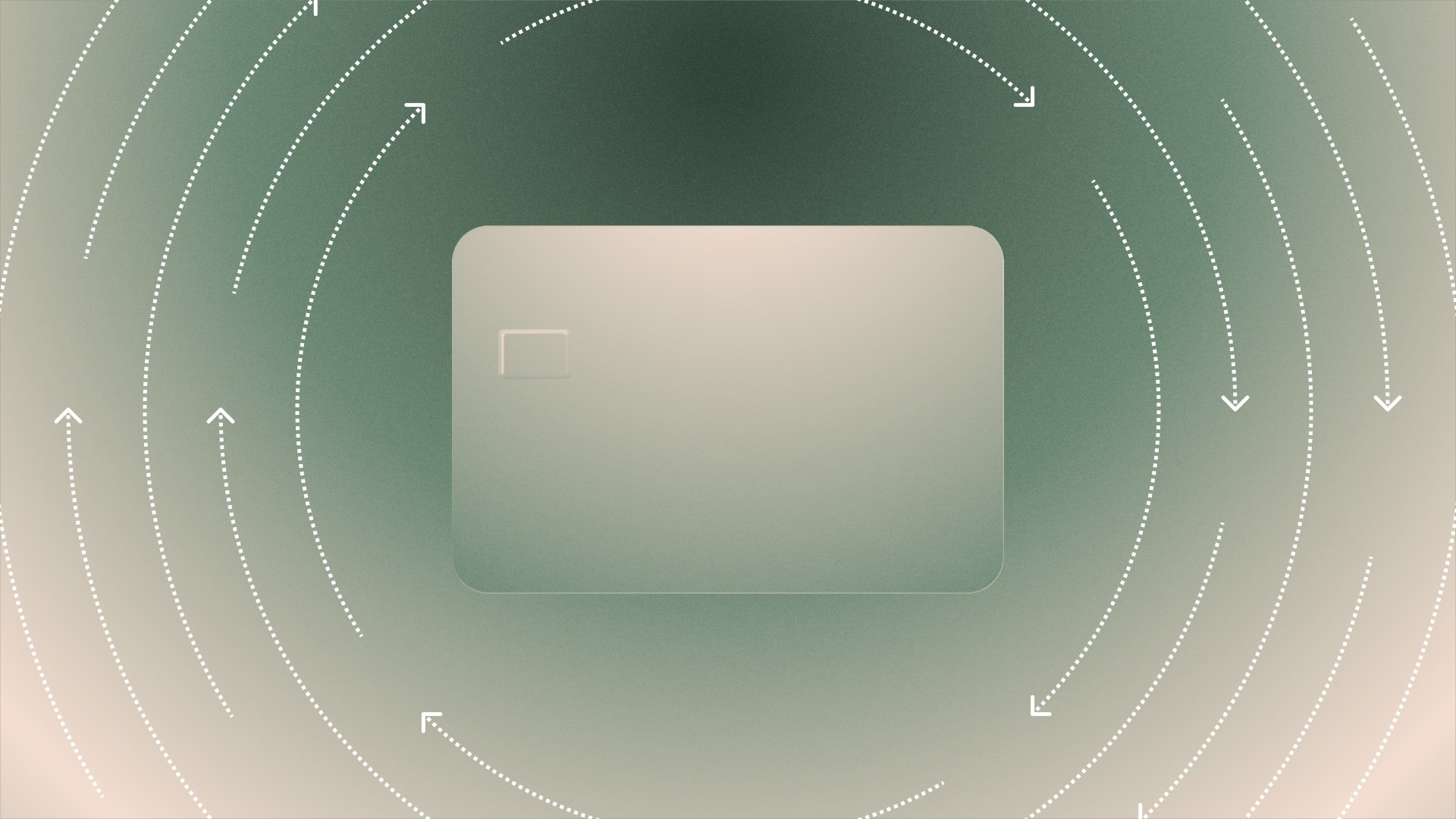Demystifying the complexity of sending international wires through SWIFT

TL;DR: Key takeaways on SWIFT international wires
- Transfers take time. International wires typically take 1–3 business days, depending on currency, corridor, and intermediary banks.
- Fees can add up. Even if your bank advertises “free” wires, intermediary and recipient banks may deduct their own fees.
- Not all corridors are equal. Payments to major markets (e.g., UK, EU) usually clear faster than transfers to emerging markets, where extra checks or correspondent banks are involved.
- Transparency matters. Knowing what information to include (e.g., recipient bank codes, IBAN/SWIFT numbers) reduces delays and failed payments.
Thanks to the SWIFT network, you can move funds around the world quickly — sometimes in a matter of hours.
But there’s a catch: even when your bank advertises free wires and the absence of hidden fees, your recipient may end up with less money than expected because a middleman — a bank you perhaps didn't know would be involved in the transaction — levied a fee.
In this article, we’ll break down the process of sending and receiving international wires via SWIFT so that you can be prepared to expect the unexpected when it comes to fees.
What are SWIFT payments?
The SWIFT (Society for Worldwide Interbank Financial Telecommunications) network is a messaging system that financial institutions use to securely send and receive information about financial transactions. A SWIFT payment — sometimes called a SWIFT transfer — is a money transfer initiated through the SWIFT network.
When you send a SWIFT payment, your bank will use the SWIFT code of your recipient’s bank to route the money to the right place. The recipient’s bank will then credit the funds to their account.
In most cases, a SWIFT payment will go through without any problems. But because the SWIFT network consists of thousands of banks in more than 200 countries and territories, it’s not unheard of to deal with unexpected delays or, in some cases, fees.
How do SWIFT payments work?
When sending a SWIFT payment, there are a few pieces of information you’ll need to provide your bank, including:
- The name and address of the recipient’s bank
- The recipient’s SWIFT code
- The recipient’s account number or IBAN (International Bank Account Number)
- The amount of money you want to send
- The currency you want to send it in
- The exchange rate if you need to convert into another currency
- The reason for the payment (e.g., “Invoice Payment”)
Once you have all the necessary information, you can initiate the payment through your online banking portal or by visiting your local branch.
It’s important to note that SWIFT payments don’t function in the same way as domestic wire transfers. With a domestic wire transfer, money is transferred directly from your bank account to the recipient’s bank account. A SWIFT payment, however, may have to pass through multiple banks — called “intermediaries” or “correspondent banks” — before the money reaches its final destination.
Usually, banks will have credit or debit accounts with one another and use them to facilitate interbank transfers. However, if your bank doesn’t have a direct commercial relationship with the destination bank, the payment must be routed through an intermediary bank — or even multiple intermediary banks. And each time that happens, you may be charged a fee.
Here’s an example: Let’s say you want to send a SWIFT payment from Wells Fargo (U.S.) to Westpac (Australia). If Wells Fargo and Westpac do not have a direct relationship, the payment will be routed through an intermediary bank — in this case, the Hongkong and Shanghai Banking Corporation (HSBC) in Hong Kong.
The payment will first be transferred from Wells Fargo to HSBC, and then it will be transferred from HSBC to Westpac. And each time the money is transferred, a fee might be levied on the payment.
Let’s also consider a scenario where there are multiple intermediary banks involved. If Wells Fargo and Westpac do not have a direct relationship, nor do they both have direct relationships with HSBC, another intermediary bank will get involved. Wells Fargo will first transfer the money to HSBC. Then HSBC will transfer the money to another intermediary bank – let’s say Deutsche Bank in Frankfurt. Finally, Deutsche Bank will transfer the money to Westpac. In this scenario, the sender bank, the two intermediary banks, as well as the recipient bank could all levy a fee on the payment as the money passes through the chain of connections.
As a result of this complicated process, SWIFT payments can take 1–3 business days to be delivered, whereas domestic wires can often be delivered in the same business day.
How are SWIFT payment fees levied?
In general, there are three ways that banks can levy fees for SWIFT payments:
- The sender’s bank may charge a fee for sending the payment.
- The intermediary bank(s) may charge a fee for processing the payment.
- The recipient’s bank may charge a fee for receiving the payment.
Depending on the banks involved and the amount of money being transferred, you may be charged one or more of these fees.
Whether you or the recipient pays the fees will depend on your bank’s policies and the terms of your payment agreement. You may never see these terms being referenced directly by your bank, but this is happening under the hood of any SWIFT payment.
When the payment is initiated, the sender bank will use any of the following commands to indicate the fee structure:
- OUR: The sender pays all the fees, and the recipient receives the full amount without deductions.
- SHA: The sender pays all the fees charged by the sending bank, and the recipient’s bank deducts their fee from the amount to be received. This way, both parties share the cost of the transaction.
- BEN: The recipient pays all the SWIFT fees (sending, intermediary, and receiving bank charges), and the sender incurs no transaction costs. Mercury does not offer this fee structure.
When you send a payment, you typically don’t know which intermediary banks will be involved or how much they’ll charge in fees. And even if your bank is able to negotiate lower rates with its intermediaries, you may not know about it unless you ask.
How do international wires work on Mercury?
At Mercury, we believe people should have more control over how their money is sent and greater visibility into the fees that might be levied.
When sending international wires in USD, you have two options:
- Send the wire as a SHA payment. This option is free for you, as Mercury will cover the outgoing payment fees, but any intermediary bank fees will be absorbed by your recipient
- Send the wire as an OUR payment for a flat $15 fee to cover any additional intermediary fees for your recipient to help ensure that the full expected amount is received.*
When sending international wires in non-USD currencies, our 1% foreign exchange fee covers both the cost to convert USD into 40+ different non-USD currencies, as well as any intermediary bank fees.
Related reads

Mercury applies for OCC national bank charter to become the bank for builders

Structuring your finances in preparation for a big fundraise

The best time in your company’s lifecycle to apply for a business credit card
